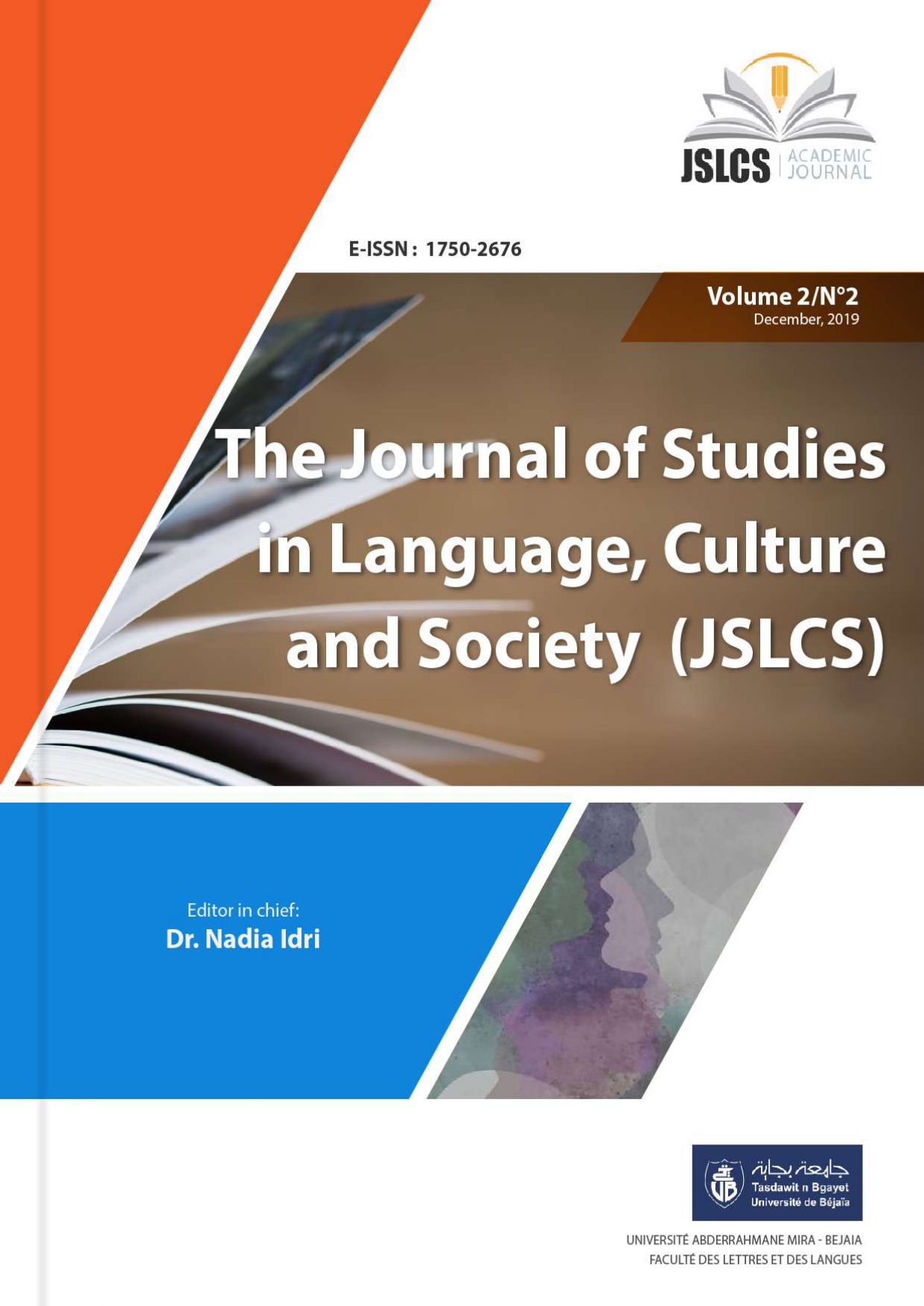Inclusive Education In The Lebanese Educational System
Keywords:
equality, equity, inclusive education, policy statements, practices, structures and systemsAbstract
As a founding member of the United Nations, Lebanon aims to include its educational policy in the UN‟s Sustainable Development Goal (SDGs), in particular the fourth, which aims to ensure "inclusive and equitable quality education and promote lifelong learning opportunities for all". To achieve this objective at the national level, many structures and systems have been created in schools, particularly in the private sector. The nature of the interventions and the support offered are not similar, while the room for manoeuvre is not the same for all schools (Akiki & Frangieh, 2018). The structures and systems in Lebanon for the education of students with special educational needs (SEN) then vary from the most segregated schooling to the least restrictive. A systematic review methodology (Young & Eldermire, 2017) was applied. The work and projects related to inclusive education in Lebanon were analysed. It shows that inclusive education remains work in progress without a global action plan. This work dynamic encourages both local initiatives and generates difficulties in carrying them out. Our results show that the development of inclusive education in Lebanon is marked by uncertainties, tensions and contradictions.
References
Baudot, P-Y., Borelle, C., & Revillard, A. (2013). Politiques du handicap (dossier). Terrains & travaux, (23).
- Bélanger, J., Mérini, C., Thomazet, S., Frangieh, B., & Graziani, E. (2018). L‟agir ensemble en contexte d‟école inclusive : qu‟en dit la littérature scientifique récente ? Revue Des Sciences de l‟éducation, 44(1), 138–165.
- City of Ottawa and City for All Women Initiative. (2015). Equity & Inclusion Lens Handbook. Ottawa: City of Ottawa and CAWI
- Frangieh, B. (2017). Analyse de l‟activité des enseignants face à la diversité des élèves dans une école inclusive au Liban. Éducation comparée / nouvelle série, 18, 151172.
- Mérini, C., & Thomazet, S. (2016). Faciliter la coopération entre les différents acteurs de l‟école inclusive. Les Cahiers des PEP, 2, 25-31.
- Porter, G. L. & AuCoin, A. (2012). Strengthening Inclusion, Strengthening Schools. Report of the Review of Inclusive Education Programs and Practices in New Brunswick Schools. Fredericton, New-Brunswick: Department of Education and Early Childhood Development.
- Ramel, S., & Vienneau, R. (2016). Des fondements sociologiques de l‟inclusion scolaire aux injonctions internationales. In L. Prud‟ homme, H. Duchesne, P. Bonvin, & R. Vienneau (Éds), L‟inclusion scolaire : ses fondements, ses acteurs et ses pratiques (pp. 2538). Bruxelles: De Boeck Supérieur.
- Ramel, S. (2018). L‟accessibilité: une clé essentielle pour la participation scolaire. Revue Suisse de Pédagogie Spécialisée, 2, 7-13.
- UNESCO. (2017). Un Guide pour assurer l‟inclusion et l‟équité dans l‟éducation. Paris: UNESCO.
- UNESCO. (2016). Education 2030. Paris: UNESCO.
- UNESCO. (2005). Principes directeurs pour l‟inclusion. Paris: UNESCO. 15
- Young, S., & Eldermire, E. (2017). The big picture: finding, evaluating, applying systematics reviews across disciplines. Dans M.J. Foster & S.T. Jewell, Assembling the Pieces of a Systematic Review. Lanham, Maryland: Rowman & Littlefield Publishers








